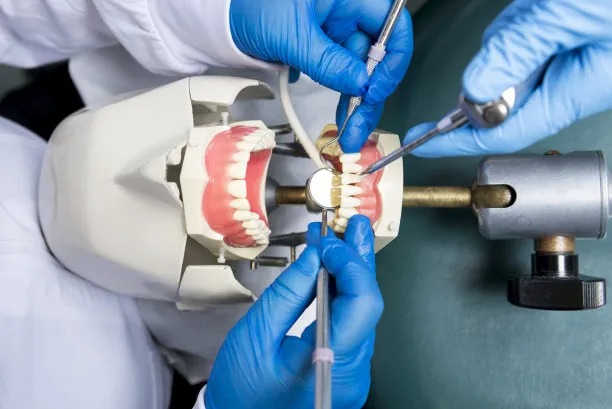Essential Precautions to Ensure Success and Safety During Root Canal Treatment for Optimal Patient Care and Recovery
Summary: Root canal treatment can be daunting for many patients, yet with proper precautions, success rates can be significantly increased while ensuring a safe environment. This article explores essential precautions vital for both dental practitioners and patients during root canal procedures. We will discuss proper patient assessment, the importance of sterile environments, effective anesthesia use, and post-treatment care to optimize recovery. By adhering to these guidelines, dental professionals can enhance patient experiences and outcomes, ultimately ensuring a smoother recovery process.
1. Proper Patient Assessment and Communication

Before beginning any dental procedure, especially a root canal treatment, thorough patient assessment is crucial. Dentists should evaluate medical histories, including any pre-existing health conditions, allergies, and current medications. Such information enables practitioners to identify potential complications that may arise during the procedure.
Additionally, effective communication with patients forms a cornerstone of successful treatment. Dentists should explain the procedure in laymans terms, addressing any fears or uncertainties. This interaction helps build trust and allows patients to make informed decisions regarding their care.
Informed consent is another important element of the assessment process. Patients should be presented with all available treatment options, their risks, and benefits, ensuring they understand the importance of the chosen approach. This step enhances patient cooperation and satisfaction throughout the treatment.
2. Maintaining a Sterile and Safe Environment
Creating a sterile environment is vital to minimize risks of infection or complications during root canal treatment. Dental practitioners must adhere to strict sterilization protocols for all instruments used. This involves sterilizing tools in an autoclave and ensuring everything is clean before and after the procedure.
Moreover, personal protective equipment (PPE) such as gloves, masks, and protective eyewear must be worn by dental professionals to safeguard both themselves and their patients. This precaution is essential in preventing cross-contamination during treatment.
Ensuring the treatment area is free from distractions and clutter also contributes to a safe environment. A well-organized workspace not only enhances efficiency but also minimizes the risk of accidents during the procedure. Practitioners should regularly check their equipment and surroundings to ensure everything is functioning correctly.
3. Effective Use of Anesthesia for Comfort
Administering anesthesia properly plays a crucial role in patient comfort and overall success during root canal treatment. Dentists should assess the patients pain tolerance and anxiety levels to choose the most appropriate type of anesthesia. Local anesthesia is often sufficient; however, some patients may require sedation for a more comfortable experience.
During the procedure, continuous monitoring of the patients comfort levels is essential. Practitioners should regularly check in with patients to gauge their pain and adjust anesthesia as necessary. This responsiveness promotes patient trust and comfort.
Post-treatment, effective pain management continues to ensure a comfortable recovery. Dentists should provide patients with clear instructions regarding pain medications, including dosage and timing, as well as tips to manage potential discomfort. This guidance is key to a positive healing process.
4. Post-Treatment Care and Follow-Up
Post-treatment care is a critical component that ensures success and aids optimal recovery after root canal procedures. Dentists should provide comprehensive aftercare instructions, emphasizing the importance of maintaining oral hygiene and attending follow-up appointments.
Patients should be educated about signs of complications, such as excessive pain, swelling, or discharge, and should be encouraged to reach out to their dentist if any of these occur. Early intervention can significantly reduce the risk of further complications.
Additionally, establishing a follow-up schedule allows practitioners to monitor the healing process and address any concerns patients may have after treatment. Consistent communication and support during this phase contribute to patient satisfaction and successful outcomes.
Summary:
Overall, ensuring success and safety during root canal treatments requires collaboration between dental professionals and patients. A thoughtful assessment, a sterile environment, effective pain management, and diligent post-treatment care are essential components in this process. By following these precautions, both patients and dentists can work together towards achieving optimal dental health and a satisfactory recovery.
This article is compiled by Vickong Dental and the content is for reference only.



